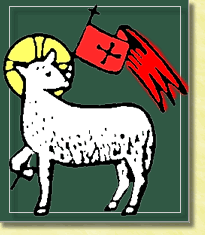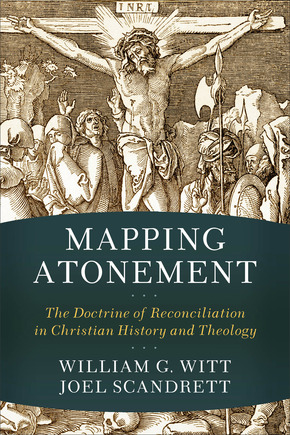
The negative review of my book Icons of Christ: A Biblical And Systematic Theology for Women’s Ordination continues at The North American Anglican. It is tempting to reply with a point by point response. However, a reading of the most recent criticism makes clear that where the author really disagrees with me concerns issues of basic theological methodology. In particular, the author objects first to my advocacy of a narrative interpretation of Scripture, and, second, to my use of the principle of what I call “Christological Subversion.” Before addressing these specific criticisms, I think it would be more helpful to explain how I do theology. I have published two recent books – the first in favor of women’s ordination1 and the second (with my colleague Joel Scandrett) about the history and doctrine of the atonement.2 Both books have been favorably reviewed by competent peers in the fields of biblical and systematic theology, and both follow the same basic methodology. Although it was published later, I began the atonement book first, so the principles of narrative interpretation and “Christological Subversion” were first developed in that book. And the atonement book itself developed out of one of the first essays I published over two decades ago.3
Narrative interpretation and Christological subversion are subordinate to a third principle, which is more basic, the principle of the priority of the object over the subject in theological methodology, what Karl Barth calls nachfolgen or “following after,” what in Thomas Aquinas is the principle of an a posteriori approach to theology, and a citation from Hillary of Poitier that provides the motto for my blog: Non sermoni res, sed rei sermo subjectus est: “The word is subject to the reality, not the reality is subject to the word.” It is what I call in the title of this post “follow the bouncing ball.”
A major theme in both books is the problem of incommensurable theological systems. This is even more evident concerning the doctrine of the atonement than it is concerning women’s ordination. For women’s ordination, there are basically four options: Protestant complementarian (hierarchical) opposition; Catholic sacramental (non-hiererarchical) opposition; liberal Protestant/Catholic modernist affirmation; critically orthodox or evangelical catholic egalitarian affirmation. Gustaf Aulén’s book Christus Victor discussed three atonement models: satisfaction/substitution, exemplarism, Christus Victor. In the book on atonement I wrote with Joel Scandrett, we discuss eight historic models and finish with a comparison of contemporary discussion. Even then, for space reasons, we had to omit several other approaches. So there is actually more disagreement about atonement theology than there is about women’s ordination.




